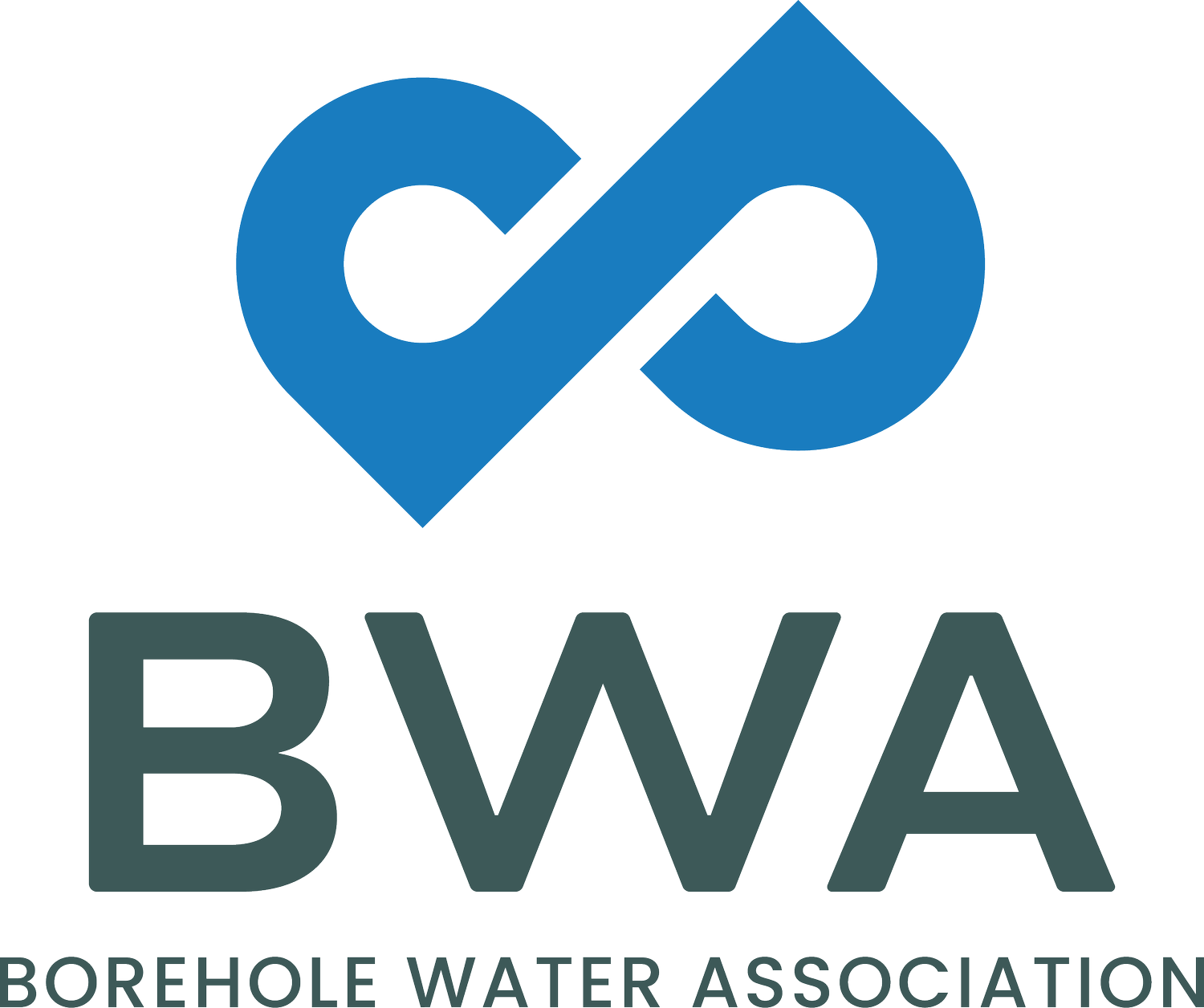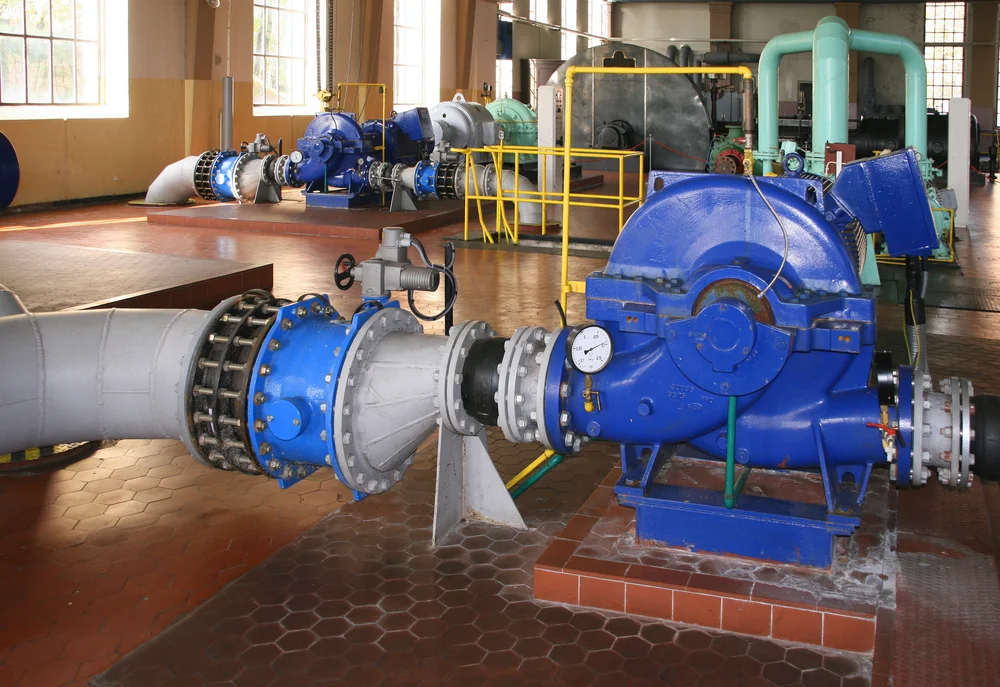WRC publication captures Johannesburg’s fascinating water history
/A new publication on the role of water in the history of Johannesburg has been published by the Water Research Commission (WRC). The book, Johannesburg: Gold in the Rand, Water from the Land, is the second in the Hydrological Heritage Overview series. The first publication, published in 2013, featured the role of Pretoria’s Fountains in the founding and development of South Africa’s capital city.
The City of Johannesburg currently serves around 4.5 million people a day with potable water. The water demand is around 560 billion litres per year and growing. To stay ahead of demand, the city is actively pursuing alternative water-supply options, including rainwater harvesting, water reuse and groundwater, among others. The book takes the reader on a journey from the formation of the area’s gold-bearing geology, to the founding of the mining town, and the development of its water resources, to the challenges the city – now an African economic powerhouse – faces today.
Author Dr Matthys Dippenaar from the University of Pretoria provides motivation behind this project: “Given the very positive reaction to the outcomes of the Pretoria project, it was decided to expand the series to other major South African cities. Johannesburg was selected as the next city to be featured in the series, along with Cape Town.”
The project was initially focused on groundwater, which played a significant role in the early days of Johannesburg’s development; however, it was soon realised that, as a major city not located near a water resource, the city had a richer water history to be explored.
In the last few years, Johannesburg has experienced much negative publicity surrounding its water challenges, such as the impact of mine-water. “With this publication we wanted to illustrate that Johannesburg is not an environmentally-unfriendly city focused solely on mining, industry and commercial activity, but a city with highly-skilled scientists and engineers who have done an excellent job in supplying the city’s residents with high-quality drinking water,” notes Dr Dippenaar.
Johannesburg water resource development in a nutshell
Johannesburg was not always the economic powerhouse it is today. Founded around 1886, it started out as a dusty mining town, far from any major water source. People were initially dependent on small rivers and groundwater resources, with the first bulk water storage infrastructure, the Vaal Barrage, only being completed in 1923. This was followed by the Vaal Dam in the 1930s.
When the Vaal Dam reached its water-supply limits in the 1970s, the South African government constructed the Thukela-Vaal scheme to transfer water from KwaZulu-Natal to Johannesburg.
In 1986, the first water treaty signed between South Africa and Lesotho paved the way for the construction of the first phase of the Lesotho Highlands Water Project, one of the most ambitious water engineering projects ever to be undertaken in Africa. Through this infrastructure water is imported from the Senqu/Orange River in Lesotho to the Vaal River system in Gauteng. Planning for phase 2 of this project is currently underway to meet the growing water needs of South Africa.
Download a free electronic copy of the book from the WRC Knowledge Hub.
To order a printed copy of the book, contact Publications at Tel: (012) 330-0340 or email: orders@wrc.org.za. Please give the title: Johannesburg: Gold in the Rand, Water from the Land.
The publication provides a broad overview of Johannesburg’s water resource development and management, interwoven with colourful illustrations and photographs. “Rather than addressing every little detail, the Johannesburg project was used to emphasise water imports to a city on a watershed, as well as the impacts of urban development on water quality,” says Dr Dippenaar.
For Johannesburg, it was important to decide between the wide range of topics, such as springs and wetlands, mining impacts, water supply, water quality or water treatment. “While the Pretoria publication centred around the topics of groundwater and springs, the Johannesburg publication focused on its sophisticated water supply – taking water from as far as Lesotho – and how we as a community can work together to protect this resource. The most important theme addressed in the book is related to sustainability, with the compromise between environment and economy being determined by the need for improving society. Society therefore needs to become involved in order to better balance environment and economy for the future protection of water.”
Dr Dippenaar has much praise for Johannesburg City municipality and their inputs into the project. The municipality made available all the required data and historical records, and accompanied the research team on a number of site visits. “The municipality and, particularly Nomvula Mofokeng of the Environment and Infrastructure Services Department, were extremely helpful. It was truly wonderful to work with a municipality who had bought into the project and immediately saw the value thereof.”
An important message emanating from the publication – and the Hydrological Heritage Overview Series in general – is that there is a fine line between water as a basic human right and water as a seemingly abundant resource to be used excessively as a luxury. Dr Dippenaar explains, “I hope the message will spread that water is not free, and that water supply is, in fact, a costly exercise. People should see water reticulated to their taps as proof that South Africa’s skills in science and engineering are world class, and that our tap water is generally supplied at exceptional qualities.”
Watch the accompanying video to Johannesburg: Gold in the Rand, Water from the Land here.




